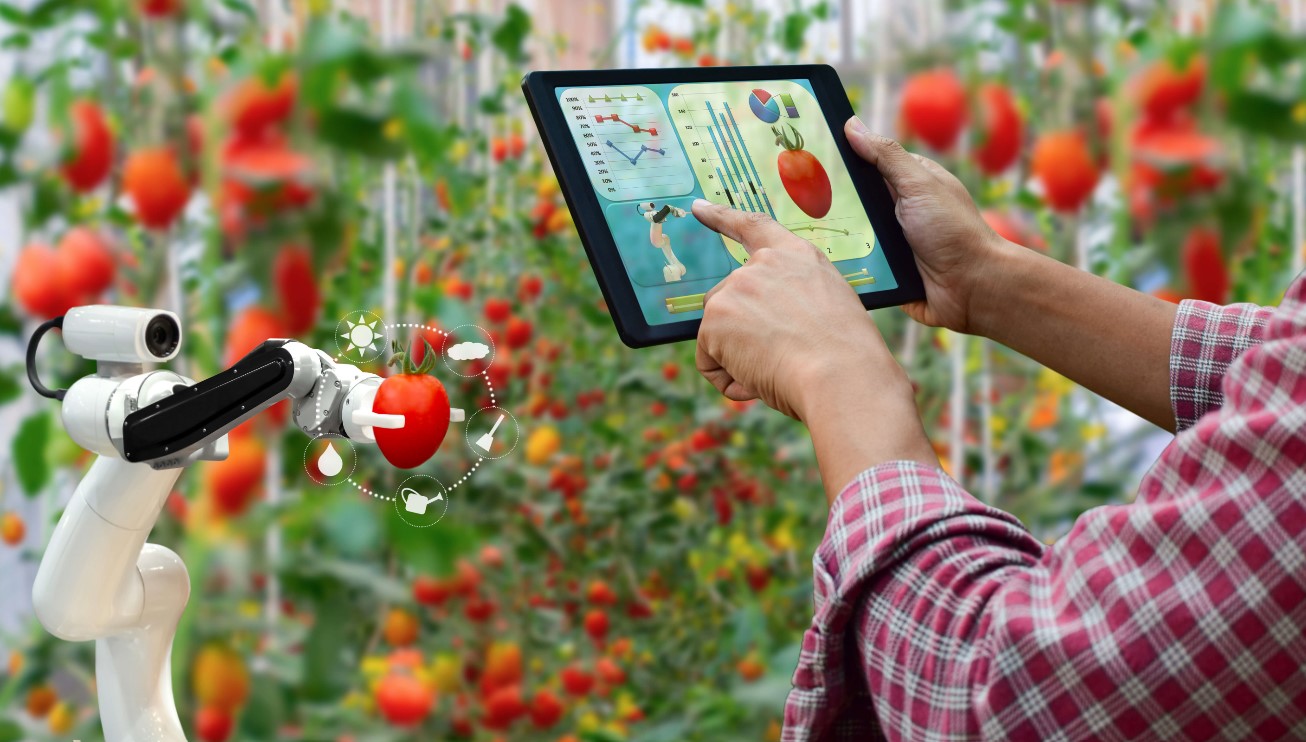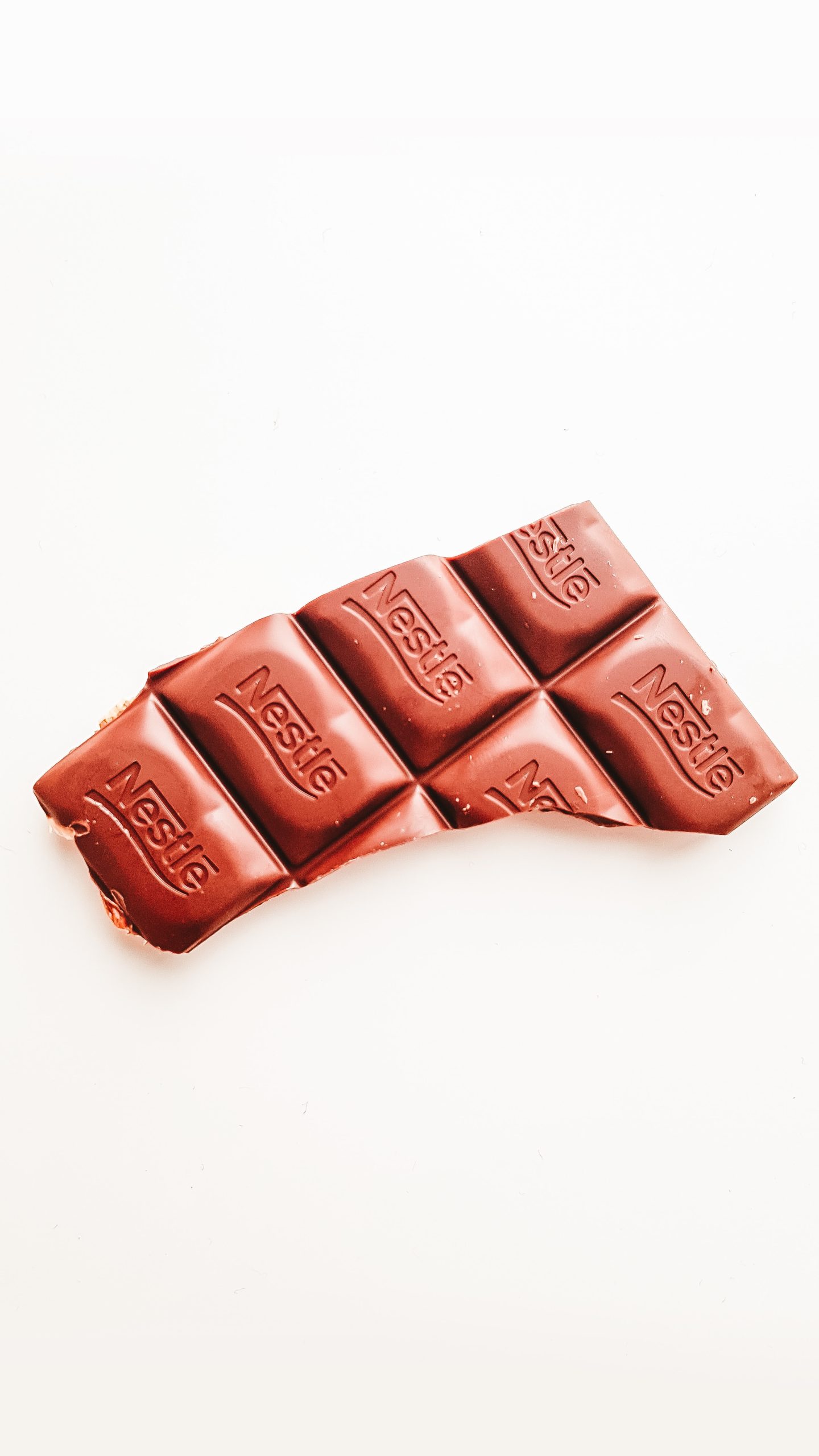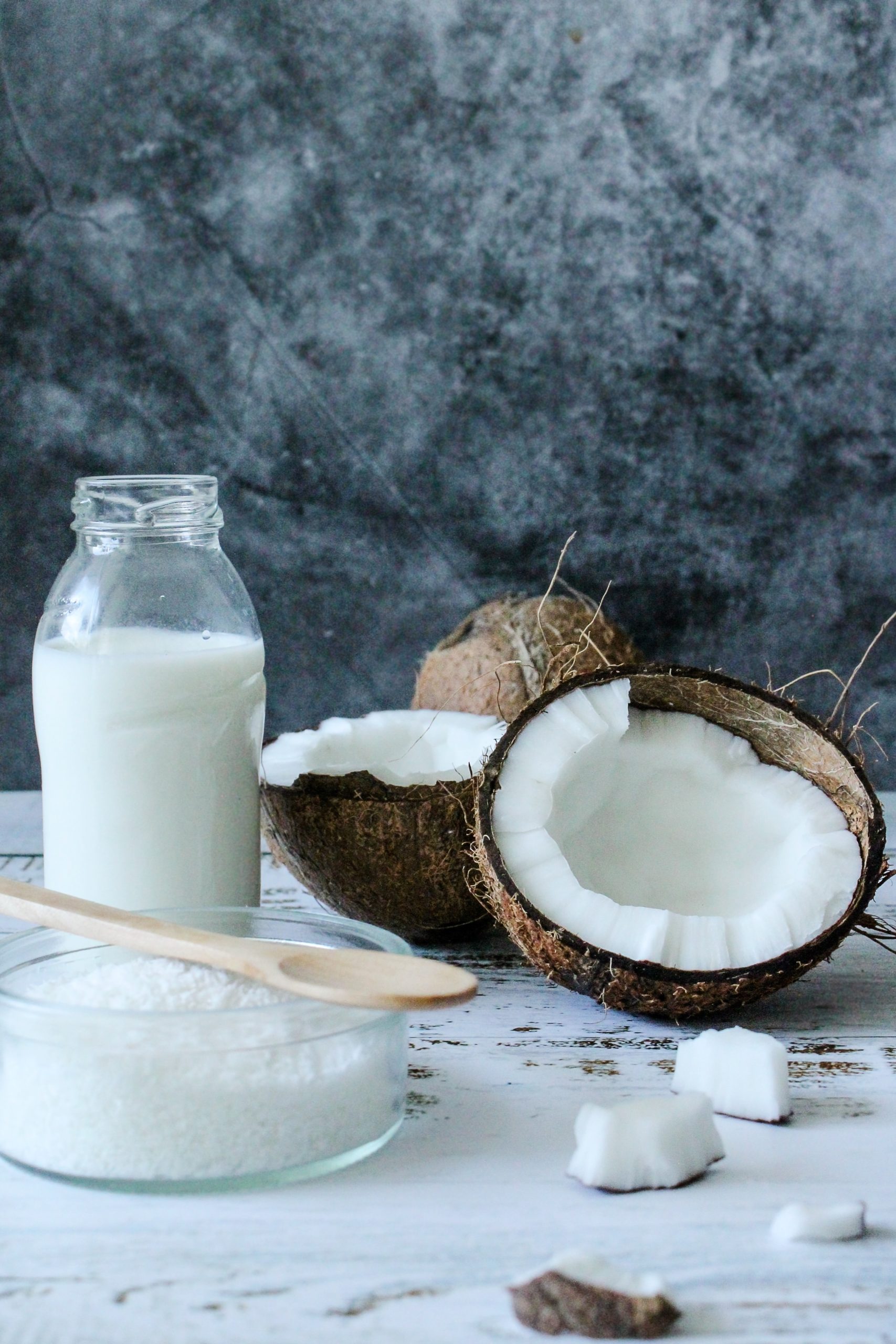Introduction
Imagine sitting at a table, blindfolded, with a plate of food in front of you. You’re told each bite is either an apple or an onion. Simple, right? Think again. A blindfolded taste test between apples and onions turns a basic snack into an exciting game and a surprising lesson in how our senses work. In this article, we’ll guide you through setting up the challenge, share tips for success, and explore why distinguishing crunchy fruit from pungent vegetable can be trickier than you’d expect. Ready to test your taste buds?
Why Blindfolded Taste Tests Matter
Blindfolded taste tests do more than entertain. They:
- Enhance Sensory Awareness: Removing sight sharpens your sense of taste and smell.
- Break Eating Habits: You learn how much you rely on visual cues when choosing food.
- Encourage Mindful Eating: Slow down and pay attention to textures, flavors, and aromas.
- Create Fun Social Games: A quick, low-cost activity for parties, classrooms, or family nights.
When you can’t see what you’re eating, every bite feels new—and you might be surprised by what you think you know.
Apples vs Onions: Flavor Profiles
Understanding why apples and onions can be confusing comes down to their taste elements:
| Element | Apple | Onion |
|---|---|---|
| Texture | Crisp, juicy | Layered, slightly crunchy |
| Sweetness | Naturally sweet, varying by variety | Mildly sweet when raw |
| Sourness | Tart notes in green apples | Slight sharpness in red onions |
| Aroma | Fruity, floral | Pungent, sulfur-rich |
| Aftertaste | Clean, refreshing | Lingering bite |
With your eyes closed, juicy sweetness can mask onion’s mild sugar—making this test more challenging than it appears.
Setting Up Your Blindfolded Taste Test
Follow these steps to run a fair and fun challenge:
1. Gather Supplies:
- Fresh apples (e.g., Granny Smith, Fuji)
- Raw onions (white or red)
- Clean knives and cutting board
- Small bite-sized pieces in separate bowls
- Blindfolds for each participant
- Water and crackers for palate-cleansing
2. Prepare the Samples:
- Cut uniform cubes (about 1 cm) to keep texture consistent.
- Label bowls “Sample A” and “Sample B” with numbers only you know.
- Chill the pieces slightly to reduce aroma overlap.
3. Organize Participants:
- Provide each person with a blindfold and a list of Sample A vs Sample B.
- Encourage them to sip water and eat a cracker between bites.
- Ask them to note down their guesses honestly.
4. Reveal Results:
- After all bites, show which number matches apple or onion.
- Tally scores and award a small prize for the most correct guesses.
This simple setup ensures fairness and maximum sensory focus.
Tips for Success
Enhance your taste challenge with these pointers:
- Limit Distractions: Choose a quiet spot so participants can concentrate on taste and smell.
- Rotate Order: Alternate which sample is apple or onion first to avoid order bias.
- Use Multiple Participants: Group data shows if the test is genuinely hard or just a fluke.
- Try Different Varieties: Mix sweet and tart apples or mild and sharp onions for more variety.
- Discuss Perceptions: After the game, talk about why certain bites felt tricky or obvious.
These tips keep the challenge fair and fun for everyone involved.
Surprising Results and Insights
Many people assume they’ll ace an apple-onion test—until they try. Common surprises include:
- Mistaking Mild Onions for Apples: Certain onions taste surprisingly sweet, especially red ones.
- Green Apple Tartness: Tart apples can feel sharp, like a biting onion.
- Texture Confusion: Juicy apple pieces can mimic onion’s layers when chilled.
- Aroma Adaptation: As you taste more, your nose grows less sensitive to pungent onion smells.
These revelations show how interlinked our senses are and how much we rely on sight to set expectations.
What This Reveals About Our Senses
The apple vs onion test highlights key facts about human perception:
- Multisensory Integration: Sight, taste, and smell work together—remove one, and the others struggle.
- Influence of Expectations: Knowing you’re eating an apple primes your brain to taste sweetness.
- Adaptation Phenomenon: Continuous exposure to strong smells or tastes dulls sensitivity over time.
- Cognitive Bias: We often fill gaps with assumptions based on past experiences.
Understanding these principles can improve cooking, dining experiences, and food product testing.
Beyond Apples and Onions: Other Fun Tests
Once you’ve mastered this challenge, try other blindfolded taste tests:
- Lemon vs Lime: Can you tell citrus fruits apart by taste only?
- Chocolate Varieties: Compare milk, dark, and white chocolates for subtle flavor notes.
- Herb Identification: Guess basil, mint, and cilantro just by smelling or tasting small leaves.
- Soft Drinks vs Sparkling Water: Distinguish flavored sodas from plain fizzy water.
Each test sharpens your senses and adds variety to gatherings and learning activities.
Conclusion
A blindfolded taste test, especially between apples and onions, isn’t just a fun party game—it’s a window into how our senses collaborate. By removing sight, you challenge your taste buds and nose to work harder, revealing surprising confusions and hidden biases. Setting up this simple test helps you appreciate flavor nuances, boost sensory awareness, and foster mindful eating. Whether you’re hosting friends or teaching students, this challenge adds excitement and insight to any event. Ready to test yourself? Gather apples, onions, a blindfold, and get tasting—your senses are in for a twist!










